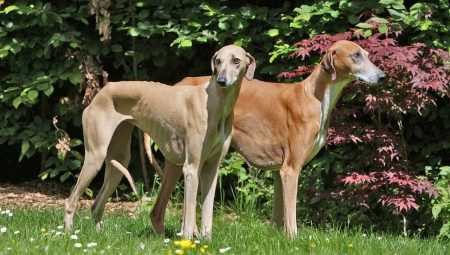A dog is a unique animal that has been walking next to a person for several centuries. These animals became for their owners not only guards and assistants in the hunt, but also real and loyal friends who are ready at the cost of their own lives to protect the owner from the impending threat. The high demand and popularity of dogs has led to the emergence of a huge number of breeds that differ in size, color, character characteristics and way of keeping.
The oversaturation of this market has led many dog breeders to no longer want to acquire the well-known species that can be seen in every yard. Buyers are increasingly interested in exotic animals that can surprise guests and emphasize family status. One of the rare and very expensive breeds is the African Greyhound., which certainly deserves the attention of all dog lovers.
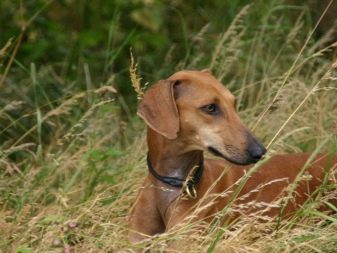
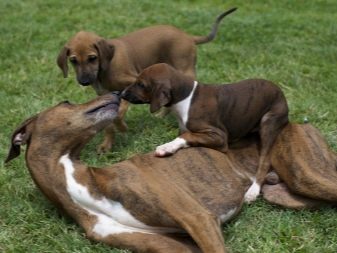
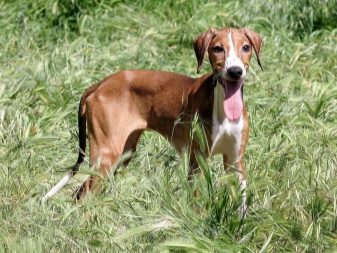
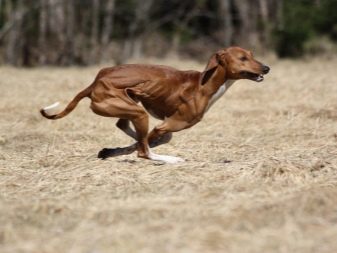
Characteristic
Azawak belongs to the African borzoi dog breeds, which for many hundreds of years have been faithful helpers of the inhabitants of the African tropical savannah. The roots of the origin of this breed go back several centuries during the life of ancient African tribes, information about which almost did not reach our days. Thanks to the long and painstaking work of archaeologists, historians were able to collect bit by bit the initial information about Azawak and make a general description of the breed.
The homeland of a hardy, smart and fast animal is the borderland between the Sahara desert and Sudan - the Sahel semi-desert.For the nomadic tribes of this region, the dog has become not only a faithful friend and symbol of prosperity, but also an assistant in hunting and guarding the territory. Due to the difficult climatic conditions of the region, the breed and the inability to leave more than 2 puppies from the same litter, the breed was not popular and numerous. The following factors also had a negative effect on numbers:
- difficulties in food supply;
- the presence of dangerous and poisonous reptiles and insects;
- aggressive behavior of desert predators.



Only in 1980, French travelers brought several Aboriginal puppies to European territory, which immediately won the attention of professional dog handlers. A year later, the African Greyhound received official recognition by the International Cynological Association. Since 1990, breeders began to actively work to increase the number of azawac and its distribution around the world. The maximum height of an adult animal is 75 cm, and weight can reach up to 30 kg. A fast animal is capable of speeds up to 60 km per hour.
A distinctive feature of the African animal - straight skeletal lines. The skull box has a long, narrow and flat shape with a powerful and developed jaw and unexpressed eyebrows. Eyeballs are almond shaped. The high and muscular chest is small in width, but significantly elongated in height. A low-set tail of medium length is decorated with a white tassel at the end.
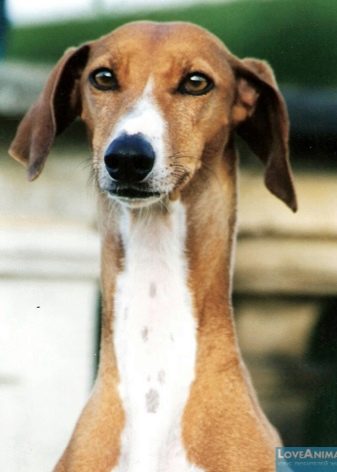
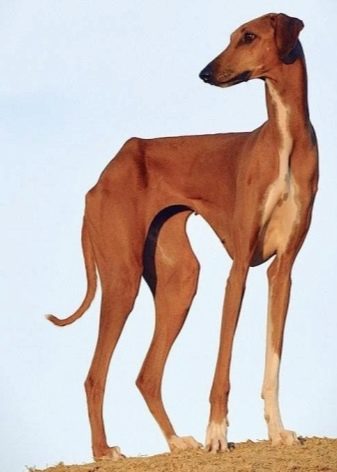
Long and thin limbs have a well-developed muscle system. On round paws are fingers tightly adjacent to each other. Pads have a pigmented color. This breed does not have an established color standard, in connection with this, dogs can have any color, but the most common colors range from beige to red-brown. On thin and tight-fitting skin, there is practically no hair.
The movement of a graceful and fast animal should always be smooth, soft and springy.
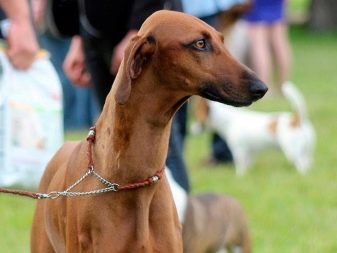
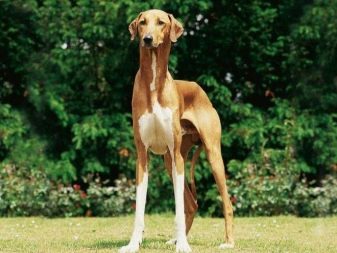
Defects of the breed are the following symptoms:
- light shade of eyeballs;
- coarse and long coat;
- mismatch with standards of height and weight;
- lack of a white spot on the paws.
The puberty of the animal occurs at the age of two years. It is during this period that experts recommend starting the pairing process. The period of gestation is 2.5 months. The average number of puppies in one litter is 4 pieces.
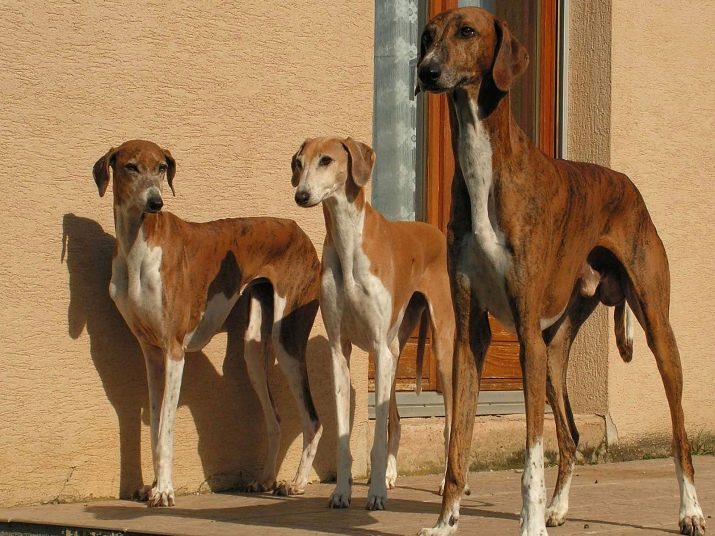
In comfortable living conditions and with a balanced diet, the animal will be able to please the owners for more than 13 years. The following diseases can significantly reduce the lifespan of this breed:
- cataract;
- retinal pathology;
- musculoskeletal system disease;
- heart and circulatory diseases;
- epilepsy;
- digestive system inflammation.
If the first signs of the disease occur, you must immediately contact a medical institution and not start treatment with alternative methods, which can worsen the condition of the pet.
Novice dog breeders should take into account that dogs can very easily and painlessly endure all medical procedures, so the treatment process will take place without any special difficulties. To prolong the life of the animal timely vaccination will help. This procedure can prevent the occurrence of the following diseases:
- plague;
- enteritis;
- parainfluenza;
- hepatitis;
- coronavirus;
- trichophytosis;
- leptospirosis;
- rabies.

Advantages and disadvantages
Like any other animal, the Azawakh has its pros and cons, which you need to carefully study before buying a pet. Advantages are as follows:
- unpretentiousness;
- high level of resistance to high temperatures;
- graceful and exotic appearance;
- devotion;
- well-developed hunting and security instincts;
- lack of fear of the opponent;
- sensitive hearing;
- independent decision making;
- lack of unwarranted aggression;
- good-natured and calm character;
- painless perception of loneliness;
- independent search for entertainment.
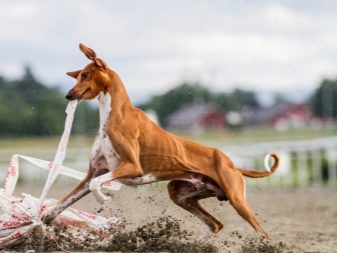

The following disadvantages are worth noting:
- inability to keep in city apartments;
- fragility;
- voiced barking;
- the presence of a constant desire to dig holes;
- excessive independence;
- wayward character;
- intolerance of noise and fuss;
- complex and lengthy adaptation in a new house;
- the presence of a constant desire to be a leader;
- high price range;
- intolerance to damp and cold;
- difficulty in acquiring.

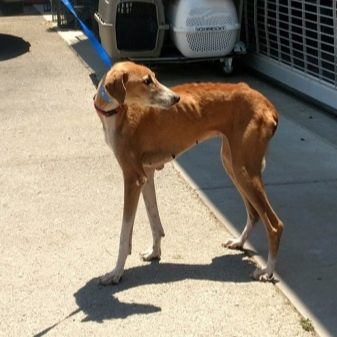
Character Features
Azawak has a bold and independent character. The wayward and devoted pet will only fulfill the commands of a strong owner, whose energy will prevail over the dog’s, but the dog will keep warm and friendly relations with all members of the family. A smart and attentive animal accurately determines its possessions and becomes a reliable guard of even large territories.
The African dog does not need the constant attention of his master, he is fully concentrated on his inner world and can independently come up with interesting and fascinating activities. Owners can not make it difficult to find entertainment for your pet.

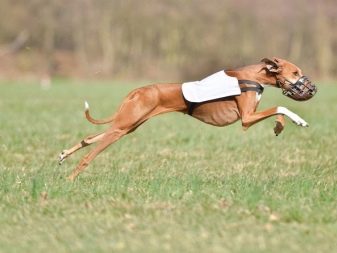
This breed belongs to restrained and unemotional species, which very rarely show external love for the owner. Dogs express their good relations with devotion and precise execution of commands. The cowardice and fear are not characteristic of the animal. Having a fragile physique, a four-legged friend, without hesitation, rushes to defend its owner and the protected area. In case of significant superiority of the enemy’s forces, the pet will bark loudly until the owners pay attention to the threat.

A self-sufficient pet with a complex inner world negatively refers to the unceremonious behavior of young children, who can often afford an incorrect attitude. The noise and cry of babies can lead out of the emotional balance of the pet and provoke its aggression and inappropriate behavior. The animal will never share its things and will negatively perceive the encroachment on its personal space.
It is difficult to find a common language with other animals, constantly trying to occupy a dominant position and always be the leader of the pack. Some owners manage to make friends with a pet cat, but this does not mean at all that the dog will behave loyally with other feline representatives.

Content Rules
Before acquiring a moving and energetic African animal, novice dog breeders should understand that this breed is not intended for urban apartments. The animal will become a hostage of tight concrete boxes that will not allow it to move freely as in the vast expanses of the savannah. The purchase of this breed must also be abandoned by residents of cold regions.
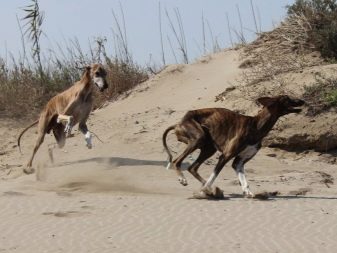
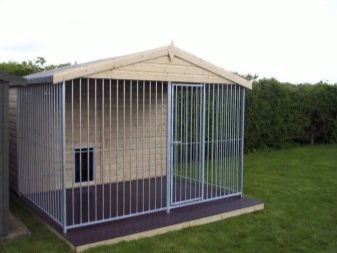
A heat-loving pet will not only feel uncomfortable at low temperatures, but will also acquire chronic colds. The dog will feel more comfortable in a country house with a large garden. The pet has a negative attitude to aviaries and chains, it should have the ability to move freely around the site. Several times a week, a pet must be taken out of town, so that he can spend the maximum amount of energy in the open.
In urban conditions, owners should take their pet to fresh air at least twice a day.
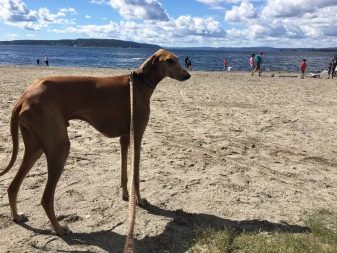

The presence of sandy soil in the dog’s homeland led to the animal’s constant desire to dig holes. After hundreds of years, this habit remains relevant. Even in other climatic zones, dogs always dig and pit.If the azawakh does not have such an opportunity, he begins to spoil the interior and tear upholstered furniture.
The maintenance of this breed will require the owners a minimum amount of care. You can comb a shorthair animal no more than 1 time per week. The process of changing the coat takes place almost imperceptibly for the owners and does not require additional combing and regular cleaning of the pet's habitat. The African Greyhound is very negative about water procedures, which must be carried out extremely carefully and only as necessary. A resident of the desert not only does not like to swim, but also does not want to go outside during the rain.
Important! We should not forget about the regular examination of the eyes, auricles and nasal passages, which, if necessary, must be cleaned of dirt and mucus with special cotton swabs or discs.

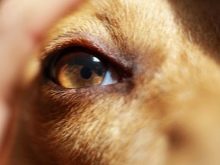

What to feed?
Azawak is not only an unpretentious animal in terms of keeping, but also feeding. This breed will be happy to eat both finished feed and natural products. The main condition for feeding is the presence of a balanced diet and a sufficient amount of vitamins and minerals. Before buying ready-made feed mixtures, owners should give preference to quality formulations that do not contain stabilizers, preservatives or dyes. The use of cheap feed can adversely affect the pet’s health and provoke the development of dangerous diseases.
When choosing natural foods, you must give preference to the following ingredients:
- meat;
- fish;
- offal;
- cottage cheese;
- kefir;
- vegetables;
- cereals;
- greens.
Important! It is strictly forbidden to feed pets fried, salted and smoked products, mayonnaise, sauce, canned goods, chocolate, pastries, animal vitamins, citrus fruits and food from the host table.


To maintain a stable level of vitamin-mineral balance, experienced dog breeders recommend using special vitamin supplements for animals. Some inexperienced dog breeders try to fatten a thin pet, in which sometimes even ribs can be seen. Dog handlers categorically forbid to engage in this event and not to change the genetic characteristics of the breed.
Free and clean water should always be available for the animal, which prevents dehydration of the body, especially in the summer. After each meal, all bowls must be thoroughly washed and dried.
It is strictly forbidden to leave old food in containers, the use of which can provoke food poisoning.

Training
In order to raise not only a beautiful, but obedient and well-bred animal, the owners must begin the process of education and training from the first days of the pet's stay in the house. If the owners do not pay enough attention to this event, the dog will grow out of control, wayward and inadequate. To correct the behavior of an adult animal will be almost impossible. The training process should consist of a set of exercises that should be different in emotional and physical stress. Monotonous teams and tasks quickly discourage the pet's interest and desire to learn. Complex exercises must be alternated with periods of the game.
Dog handlers categorically prohibit physical punishment, screaming and rudeness during training. These actions will provoke the animal’s refusal to continue to obey the owner. Praise for a properly executed team can be not only good words, but also delicious treats and treats that motivate the dog even more. The only trait that cannot be instilled with azawac is a friendly attitude towards other animals. In any situation, the dog will always remain the leader and leader of the pack.
Owners who do not have experience in raising and training dogs should contact professional dog handlers for help and advice. Specialists will not only give the necessary advice, but they will also be able to independently raise your four-legged friend.

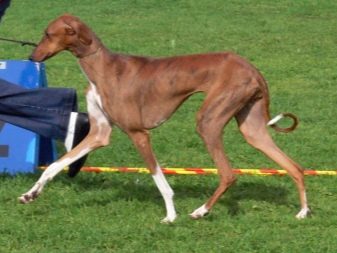
About the features of the breed, see below.
